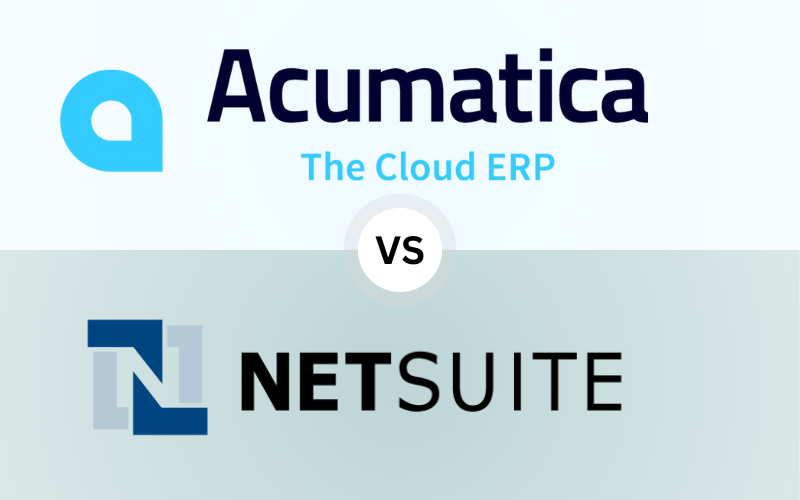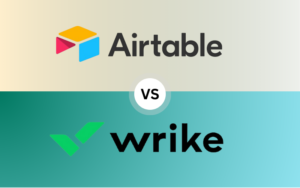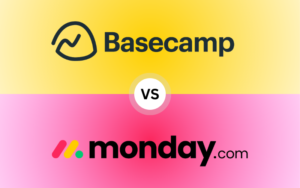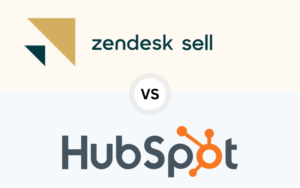“Acumatica vs Netsuite – In this comprehensive guide, learn the key differences between these two leading ERP systems and discover which is best suited for your business, from small startups to fully operational enterprises.“
TL;DR
- For startups and small businesses: Acumatica is a flexible, cloud-based ERP system that offers scalability without costly licensing. Its industry-specific solutions and consumption-based pricing make it ideal for growing businesses.
- For mid-sized businesses: Both Acumatica and Netsuite offer powerful tools, but Acumatica’s flexibility and pricing make it a standout for growth-minded businesses. Netsuite’s depth in functionality appeals to companies managing more complex operations, especially if those operations cross multiple departments or locations.
- For large enterprises: Netsuite is the superior choice for businesses with extensive, global operations. Its end-to-end ERP functionality, including multi-currency management, tax compliance, and advanced financial reporting, make it indispensable for enterprises with complex needs.
Additionally, at the end of this article, you’ll find three alternative ERP systems to consider if neither Acumatica nor Netsuite is a desired fit for your business.
Table of Contents
Introduction: Acumatica vs Netsuite
As your business grows, having the right Enterprise Resource Planning (ERP) system becomes critical for managing day-to-day operations, finances, customer relationships, and more. Both Acumatica and Netsuite are top contenders in the ERP market, but they cater to different types of businesses with different needs.
Acumatica is known for its cloud-based architecture, flexible pricing, and tailored industry solutions, making it a favorite among startups and mid-sized companies. With a focus on scalability and user-friendly customization, Acumatica offers a balance between functionality and affordability.
On the other hand, Netsuite, now part of Oracle, is a heavyweight in the ERP space, offering a robust suite of features that appeal to large enterprises. Its ability to manage complex global operations, combined with deep financial and operational insights, makes it ideal for companies with multi-entity structures and international compliance requirements.
This article will take you through 5 key differences between Acumatica vs Netsuite, helping you make an informed decision about which ERP system is right for your business in 2024.

Core Features and Functionality: Acumatica vs Netsuite
Both Acumatica vs Netsuite are feature-rich ERP systems, but they are designed to meet the needs of businesses at different stages of growth. Understanding the core functionality of each can help you decide which one best suits your organization.
Acumatica’s Scalable and Flexible Solutions
Acumatica is designed with scalability at its core. As a cloud-based ERP, it offers businesses the ability to grow without worrying about heavy IT infrastructure investments. Key features of Acumatica include:
- Cloud-first architecture: Acumatica is fully cloud-based, which means you can access your system from anywhere, on any device. This is particularly useful for businesses with remote teams or those that require flexibility in accessing their data and ERP tools.
- Industry-specific solutions: Acumatica provides tailored solutions for industries like manufacturing, retail, construction, and distribution. This industry-focused approach ensures that businesses have the tools they need without requiring heavy customizations to get started.
- Real-time insights: Acumatica’s cloud-based infrastructure allows for real-time reporting and analytics, ensuring businesses can make data-driven decisions quickly. Dashboards can be customized to show KPIs, financial performance, inventory levels, and more, providing full visibility into day-to-day operations.
- Flexible user licensing: Acumatica offers unlimited user licensing, meaning businesses can add new users without paying extra for each license. Instead, the pricing is based on resource usage (more on that in the pricing section). This makes it an attractive option for businesses that want to scale without incurring steep costs as they add employees.

Netsuite’s Comprehensive Enterprise Features
In comparison, Netsuite is designed for enterprises that require extensive ERP capabilities across multiple departments or even multiple entities. Some of its core features include:
- Comprehensive financial management: Netsuite’s financial module is one of the best in the industry, with tools for multi-currency management, tax compliance, financial consolidation, and automated reporting. Netsuite’s financial suite is particularly useful for companies that operate in multiple countries or have complex financial operations.
- End-to-end ERP: Netsuite offers a broad range of modules that cover every aspect of a business’s operations, including CRM, inventory management, procurement, human resources, and project management. This allows businesses to manage everything in one integrated platform, reducing the need for multiple standalone systems.
- Global scalability: Netsuite is ideal for global enterprises. Its robust multi-language, multi-currency, and multi-location support allows companies to manage operations across different countries while maintaining compliance with local regulations.
- Role-based dashboards: Netsuite provides customizable dashboards for different roles within the organization. This ensures that C-level executives, managers, and staff can access the data that matters most to them without unnecessary complexity.

Customization and Integration: Acumatica vs Netsuite
In 2024, businesses need ERP systems that can be customized to their unique needs and integrated with other critical business tools. Both Acumatica vs Netsuite offer customization, but they approach it in different ways.
Acumatica’s User-Friendly Customization
Acumatica shines in terms of ease of customization. Its cloud-based platform allows users to easily create custom dashboards, reports, and workflows without needing extensive technical expertise. Non-technical users can use drag-and-drop tools to modify workflows or create new processes, which makes it accessible for businesses that don’t have large IT teams.
Additionally, Acumatica’s open API architecture makes it easy to integrate with other software tools, such as eCommerce platforms, CRM systems, and marketing automation tools. The platform supports integration with popular business applications like Shopify, Salesforce, and HubSpot, which can help streamline operations across departments.
One of Acumatica’s biggest advantages is that it provides pre-built integrations for a wide variety of third-party applications, reducing the time and cost required to set up connections between different business systems.

Netsuite’s Advanced Customization Capabilities
While Netsuite also offers powerful customization options, its approach is geared more toward larger organizations that have the resources to handle complex configurations. Netsuite’s customization capabilities are built on its SuiteScript platform, which allows developers to write custom scripts that modify how the system operates. This provides near-unlimited flexibility, but it also requires IT resources or specialized developers.
For businesses that need highly specific workflows or unique operational processes, Netsuite’s customization tools can be invaluable. However, for small to mid-sized businesses, the complexity of these tools might be overwhelming or unnecessarily costly.
Netsuite’s SuiteApp marketplace offers additional modules and integrations that can extend its functionality without requiring extensive custom development. This marketplace provides pre-built applications for industries like healthcare, finance, and retail, enabling businesses to enhance their ERP systems with industry-specific tools.

Pricing Models and Cost Structure: Acumatica vs Netsuite
Understanding the pricing models of Acumatica vs Netsuite is crucial when deciding which ERP platform is the right fit for your business. Each platform takes a different approach to pricing, which can impact your costs as your business grows.
Acumatica’s Resource-Based Pricing Model
Acumatica uses a consumption-based pricing model, which is unique in the ERP world. Instead of charging businesses per user, Acumatica charges based on the computing resources used (e.g., transactions processed or storage used). This makes Acumatica a cost-effective solution for businesses that expect to scale but don’t want to pay more for adding new users.
This model is particularly advantageous for businesses that have fluctuating user counts or seasonal operations. For example, if your business only requires additional users during peak seasons, you won’t have to pay extra for full-time licenses year-round. This makes Acumatica an attractive option for growing businesses that want to control costs while scaling their operations.
Another key advantage of Acumatica’s pricing model is that it allows for unlimited users. This means you can give access to more employees without worrying about additional license fees, a significant benefit for companies that are expanding their workforce.

Netsuite’s Traditional Tiered Subscription Model
Netsuite uses a more traditional tiered subscription model. Businesses pay based on the number of users and the modules they need, with additional costs for customizations or integrations. This pricing structure is common among ERP systems, but it can become expensive for businesses that require multiple users or specialized features.
Netsuite’s pricing is typically broken down into an annual license fee, which includes the base platform and any additional modules you choose (e.g., CRM, HR, inventory management). As businesses add more users or features, the cost increases accordingly.
For large enterprises that require a fully integrated ERP system, this pricing model can be justified by the depth and breadth of Netsuite’s functionality. However, smaller businesses may find it harder to justify the cost, especially if they don’t need all of Netsuite’s advanced features.

Suitability for Businesses of Different Sizes: Acumatica vs Netsuite
When it comes to choosing between Acumatica vs Netsuite, the size of your business plays a critical role in determining which platform is the better fit. Both systems offer powerful features, but they cater to different types of organizations.
Acumatica for Startups and Small Businesses
For startups and small businesses, Acumatica is often the best choice. Its scalability, affordability, and flexible pricing model make it an attractive option for businesses that are just getting started or planning for rapid growth.
Acumatica’s unlimited user licensing ensures that small businesses can give access to more employees without worrying about increased costs. Its user-friendly customization tools make it easy for startups to tailor the platform to their specific needs without needing extensive IT resources.
Additionally, Acumatica’s cloud-first architecture means that startups don’t need to invest in expensive hardware or on-premise infrastructure. The platform’s focus on real-time reporting and analytics also provides small businesses with the insights they need to make informed decisions quickly.

Netsuite vs Acumatica for Mid-Sized Businesses
For mid-sized businesses, both Acumatica and Netsuite can be excellent choices depending on your business’s complexity and growth trajectory.
Acumatica stands out for its cost-efficiency and flexibility, making it ideal for mid-sized businesses that are looking to scale without incurring heavy costs. Its cloud-based deployment ensures that businesses can expand their operations without needing significant IT investments. Acumatica’s ability to integrate seamlessly with other business systems also makes it a smart choice for businesses that are growing and need to connect multiple tools or platforms.
Netsuite, on the other hand, is better suited for mid-sized businesses that require more advanced functionality across multiple departments. If your business is managing complex operations, multi-entity structures, or has global needs, Netsuite’s comprehensive ERP system provides the tools needed to handle these challenges. However, the higher costs associated with Netsuite may not be justified unless your business needs its advanced features.
Netsuite for Large Enterprises
For large enterprises, Netsuite is typically the best fit. Its enterprise-level features, global scalability, and comprehensive financial management tools make it the go-to choice for companies that manage complex operations across multiple departments or locations.
Netsuite’s ability to handle multi-entity operations, combined with its compliance features and advanced reporting tools, make it indispensable for large businesses that operate in multiple regions. Its extensive customization capabilities also allow enterprises to tailor the system to their specific needs, whether they require advanced CRM, HR, or supply chain management tools.
While the cost of Netsuite is higher than Acumatica, large enterprises benefit from the all-in-one functionality that Netsuite provides, reducing the need for multiple standalone systems.
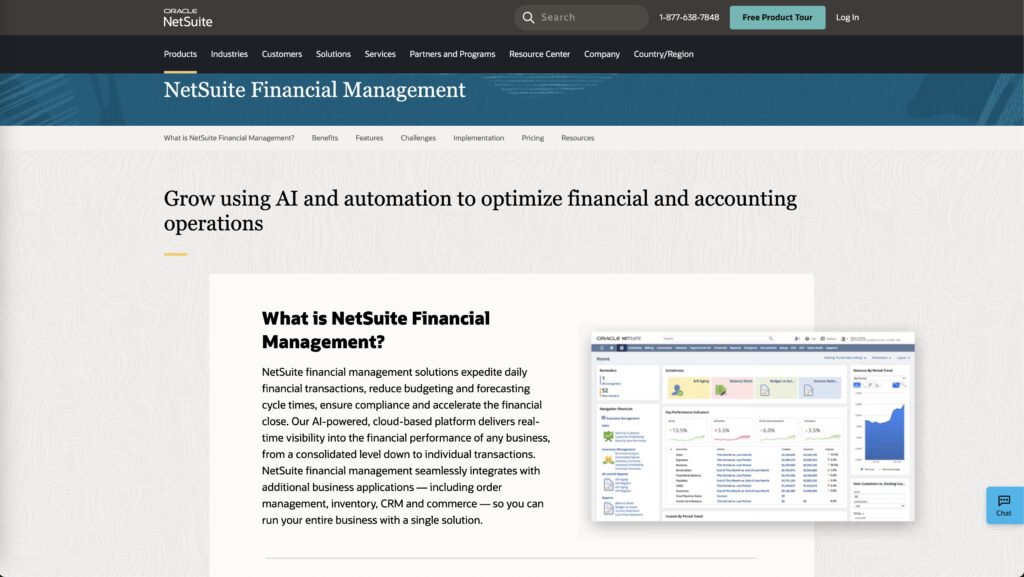
Implementation, Training, and Support: Acumatica vs Netsuite
The process of implementing an ERP system can be daunting, so understanding the implementation, training, and support provided by Acumatica vs Netsuite is crucial.
Acumatica is known for its user-friendly interface and relatively quick implementation process. Acumatica offers 24/7 customer support, extensive documentation, and a network of certified partners that can help businesses through the implementation process. Its training resources are accessible, and the platform’s ease of customization reduces the time needed for setup and training.
In contrast, Netsuite can have a more complex implementation process due to its extensive feature set and customization options. Businesses often work with Netsuite partners or consultants to handle the configuration and deployment of the system. While this can increase the time and cost of implementation, the result is a highly customized solution tailored to your business’s exact needs.
Netsuite also offers robust training and support options, including access to online resources, webinars, and on-site training through its partner network. This ensures that businesses can make the most of their investment by receiving comprehensive training on how to use the system’s advanced features.
Choosing the Right ERP for Industry-Specific Needs: Acumatica vs Netsuite
Both Acumatica vs Netsuite offer industry-specific solutions, but they cater to different types of businesses depending on the industry.
Acumatica focuses on industries like manufacturing, distribution, retail, and construction, offering tailored features that help businesses in these sectors manage their specific operational needs. Acumatica’s flexibility allows businesses to adopt the exact tools they need without paying for unnecessary features.
Netsuite, on the other hand, offers industry solutions for a broader range of sectors, including healthcare, financial services, wholesale distribution, and eCommerce. Its extensive modules provide deep functionality for businesses that need to manage everything from global supply chains to regulatory compliance. Netsuite’s ability to scale across different industries makes it particularly valuable for enterprises that operate in multiple sectors.
Conclusion: Deciding Between Acumatica vs Netsuite in 2024
When it comes to choosing between Acumatica and Netsuite, the right decision ultimately depends on your business’s size, industry, and long-term growth plans.
- For startups and small businesses, Acumatica offers the flexibility, scalability, and cost-effectiveness that growing businesses need. Its user-friendly customization and cloud-first architecture make it a practical choice for businesses looking to scale without incurring steep costs.
- For mid-sized businesses, both Acumatica and Netsuite are viable options, but Acumatica’s consumption-based pricing and flexible customization may offer better value for businesses that are expanding rapidly. Netsuite’s more advanced features are ideal for mid-sized businesses with complex operational needs.
- For large enterprises, Netsuite provides the enterprise-level functionality, global scalability, and extensive customization that complex organizations require. Its comprehensive suite of modules ensures that businesses can manage all their operations from one integrated platform.
No matter your business size, understanding the key differences between Acumatica and Netsuite will help you choose the right ERP system to support your operations and growth in 2024.
3 Alternatives to Acumatica vs Netsuite
If neither Acumatica nor Netsuite seems like the perfect fit for your business, there are several other ERP systems on the market that can meet your needs. Here are three great alternatives that you should consider:
1. SAP Business One
Key features of SAP Business One include:
- Comprehensive financial management tools that support multi-currency transactions and consolidated reporting for businesses with multiple entities.
- Inventory and distribution management capabilities to help streamline operations, manage stock levels, and optimize supply chains.
- Customizable reporting and dashboards that provide real-time insights into business performance.
- Industry-specific solutions, making it a versatile option across industries like manufacturing, retail, and distribution.
2. Odoo
Key features of Odoo include:
- Modular design, which allows businesses to implement only the features they need and expand the system as the business grows.
- Open-source flexibility, enabling companies to modify the software to fit their unique business processes.
- Affordable pricing, with free community versions and paid enterprise versions that offer additional support and features.
- E-commerce integration, making it a strong option for businesses in retail and online sales that need to connect their ERP with online stores.
3. Microsoft Dynamics 365
Key features of Microsoft Dynamics 365 include:
- Unified financial management and reporting tools that provide real-time insights into business performance.
- CRM and sales management tools that integrate customer data with operational insights to drive better decision-making.
- Seamless integration with other Microsoft products, including Office 365, Teams, and Power BI, allowing businesses to leverage existing tools and streamline workflows.
- Cloud-based deployment, ensuring scalability and accessibility for businesses with remote teams or multiple locations.

